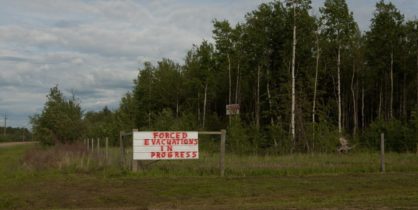Alberta’s Tar Sands
In one of the only places left in the world where private companies can own oil reserves, the exploitation of tar sands in Alberta is causing extensive environmental damage, threatening the local population and wildlife beyond repair. Photojournalist, Alan Gignoux, take us on a tour of the destruction being wreaked on the boreal forests of Canada.
Canada has the third largest oil reserves in the world of which 97% are in the Alberta tar sands (also referred to as oil sands). Unlike traditional oil reserves, tar sands – composed of clay, sand, water and bitumen – cannot be pumped from the ground. Instead, shallower deposits are mined using strip mining or open pit techniques, while in situ methods are more energy-intensive and used on deposits too deep for open-pit mining. According to international energy expert Jeff Rubin, “about 80% of the resource is more than 230 feet [70 metres] below the surface.” In both cases, the bitumen extracted must undergo an upgrading or ‘cracking’ process before transport via an extensive system of pipelines for refining and export. This is “much more costly and energy intensive than cracking light sweet crude […] if you want to produce a single barrel of synthetic oil from a load of tar sand, you are going to have to burn 1,400 cubic feet of natural gas first.”
The increase in the price of oil since the 2004 economic crisis, combined with the development of more cost-effective recovery methods, has seen the rate of expansion of production facilities in the region increase dramatically. According to the Government of Alberta, production in 2010 stood at 1.6 million barrels per day (bbl/d) and is expected to more than double to 3.5 million bbl/d by 2020. Although investment plummeted initially in 2009 in response to the recent recession, it was well on the rise again by 2011. As of November 2011, there were more than 100 active tar sands projects in Alberta, of which six are mining projects and the remainder are all local recovery facilities.
According to the Government of Alberta, production in 2010 stood at 1.6 million barrels per day (bbl/d) and is expected to more than double to 3.5 million bbl/d by 2020.
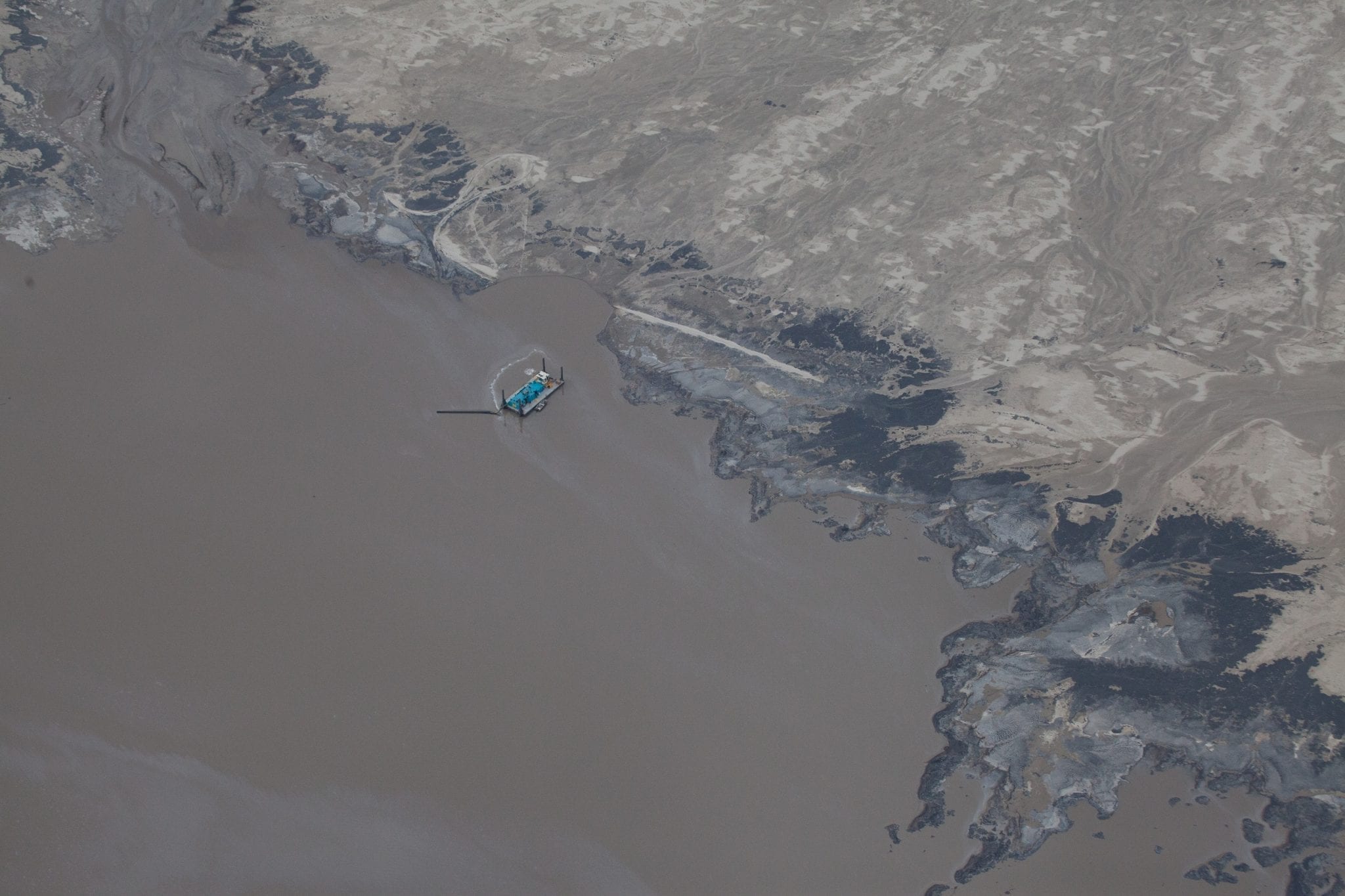
Environmental Degradation and Dangers
Setting aside the economic viability of tar sands extraction, the industry severely damages the environment. Both the tar sands mining and local industrial plant processes need to fell trees in the boreal forest, one of the world’s big carbon-storage banks. On top of this, the processes employed in extracting and upgrading a barrel of tar sands generates between three and five times more greenhouse gas emissions than extracting a barrel from an average oil well. Not only has Canada failed to meet the target set by Kyoto of reducing carbon emissions to 6% below 1990 levels, it has instead seen emissions increase over 17% between 1990 and 2009; by 2015 the Alberta tar sands are expected to emit more greenhouse gases than the nation of Denmark.
Extraction operations also consume copi- ous quantities of water, which decreases the surface water flow, negatively impact- ing the stream habitat for fish and other species. Water contaminated by chemical waste after use is stored in tailings ponds, which currently span 50km2, making them sufficiently extensive to be visible from space. There are concerns that seepage from the toxic tailing ponds may be polluting the water system fed by the Athabasca River, the principal water source for the industry. Rubin claims that “the production of a single barrel of oil pollutes 250 gallons (946 liters) of fresh water and emits over 220 pounds (100 kilos) of carbon dioxide into the atmosphere. Now multiply that by the over 1 million barrels per day that already comes from the region and you get a sense of the environmental challenge Alberta faces. And now think of almost quadrupling production, as is planned.”

Air pollution is another cause for alarm. Tar sand processes create temporary and localized emissions of particulate matter, sulphur dioxide, carbon monoxide and nitrous oxide. In addition, localized emissions of hazardous air pollutants, such as benzene, toluene, ethylbenzene, xylene and formaldehyde, pose health risks to project employees and nearby residents. Operations will likely have long-term regional impacts on air quality from vola- tile organic carbon emissions, sulphur and carbon dioxide.

Buffalo Lake in the Peace River region. She described recent changes in the natural environment that have affected their traditional lifestyle. For example, the Nation used to rely on hunting moose for food and furs for trading until the number of animals started to diminish. They continue to eat moose, but recently she has noticed changes in the appearance of the meat and has been disturbed to dis- cover what she described as “yellow pellets” under the skin of the animals. She also expressed concern about wild mint, traditionally used to make tea and also for medicinal purposes to soothe coughs and colds – today “the medication is just another form of chemical.”
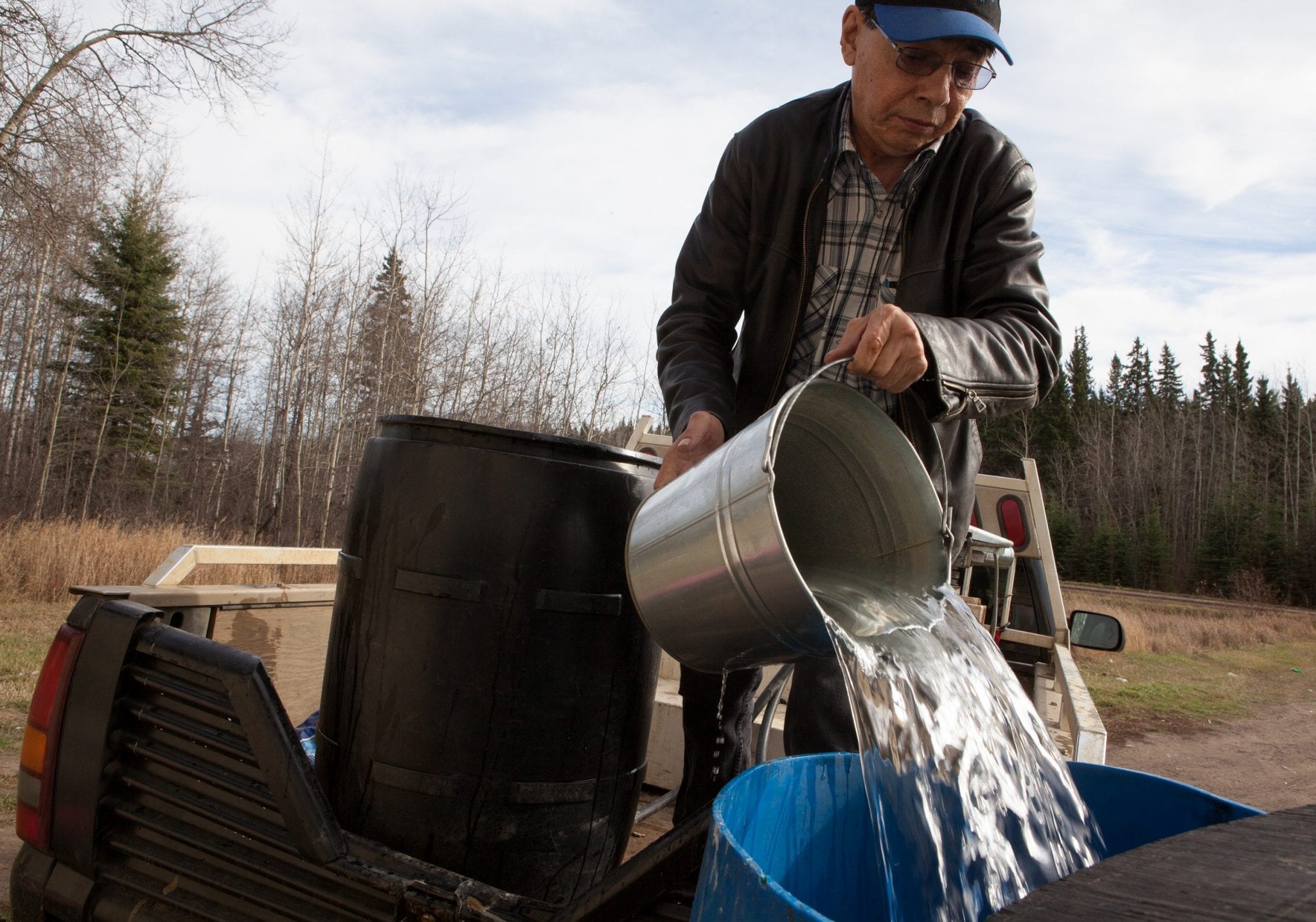
Ominayak is particularly worried about the effect of pollution on the health of her community, explaining: “People have gotten really sick. People have died… A four-month-old baby died of stomach injuries because of drinking the tap water:
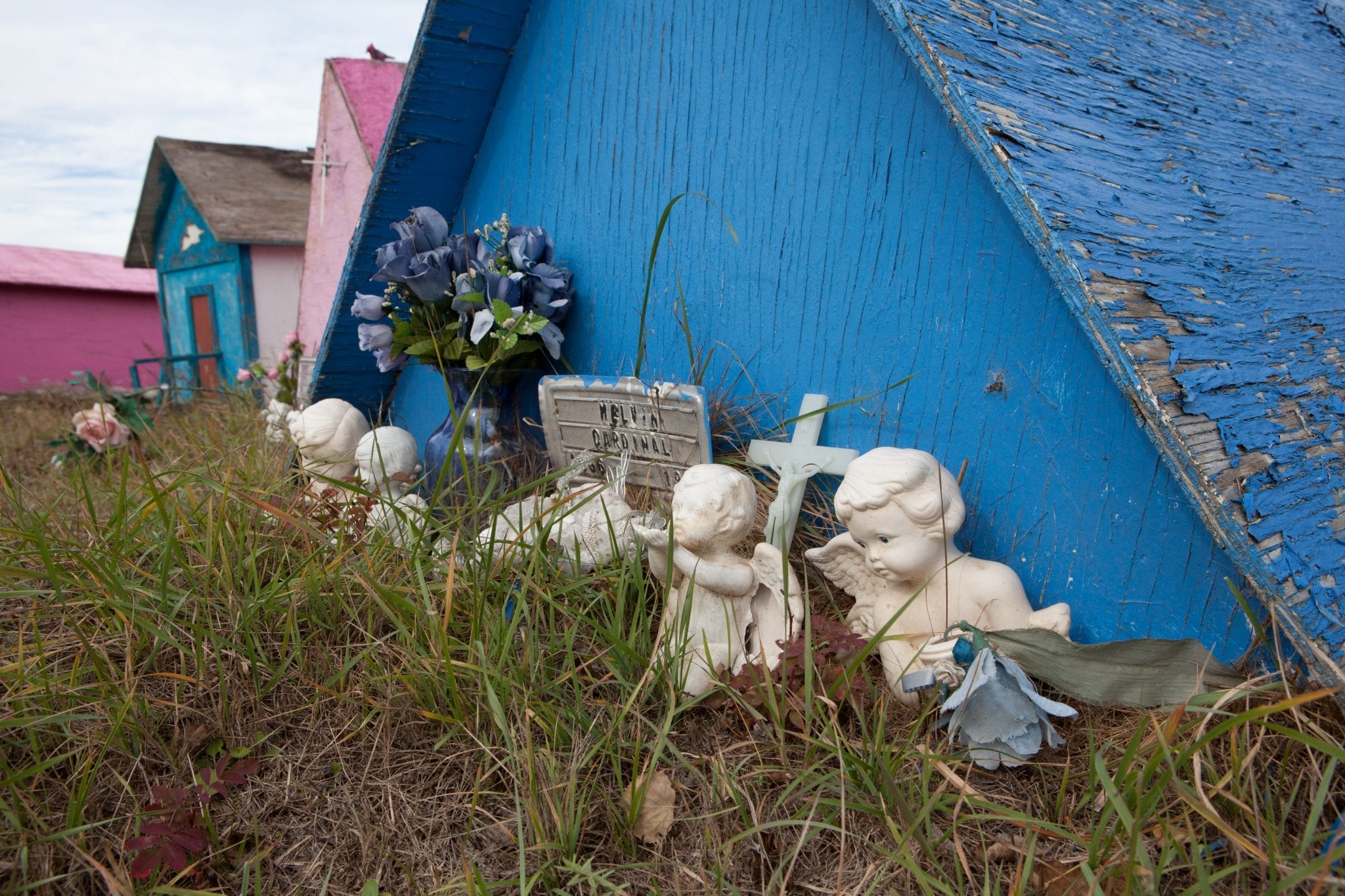
The First Nations: Local Victims
The tar sands industry is located in three remote regions of the province: Peace River, Cold Lake and Athabasca, which together cover an area of 54,000 square miles (140,000 km2), more than the total land area of England and Wales. Before the arrival of migrant workers serving the tar sands industry, the area was mostly populated by First Nations, Canada’s indigenous people, who still live north of the industrial developments on reserves and, in some rare cases, on land never ceded to the Canadian government. The First Nations are the group of people most immediately affected by the environmental impact of the tar sands production as their traditional lifestyles are threatened by the pollution and depletion of natural resources.
Photojournalist, Alan Gignoux, visited members of the Cree Nation living in areas downstream from the Athabasca tar sands, as part of an investigative project to explore perspectives from both sides about the controversial industry.
Gignoux accompanied Donna Ominayak of the Woodland Cree First Nation, which has about one thousand members, on a tour of the community lands near Little that’s how polluted our lake has become.” She showed Gignoux the local graveyard, where the custom is to use small wooden houses to mark graves; for children, the houses are coloured to indicate the sex of the deceased – pink for girls, blue for boys; the height of the house indicates the age of the child and still born children are marked by a house without walls “because the child never got to see the earth.” She pointed out a number of recent still born and infant graves.
Alphonse Ominayak, Donna’s husband, is a Councillor for the Lubicon Cree. He reiterated her concerns stating that “the quality of water is beyond bad. It’s not drinkable, it’s not potable water. It is not healthy to wash with.” He explained that drinking water is trucked in from Cadotte Lake and community members are given a key and required to collect and pay for water using a metering system.
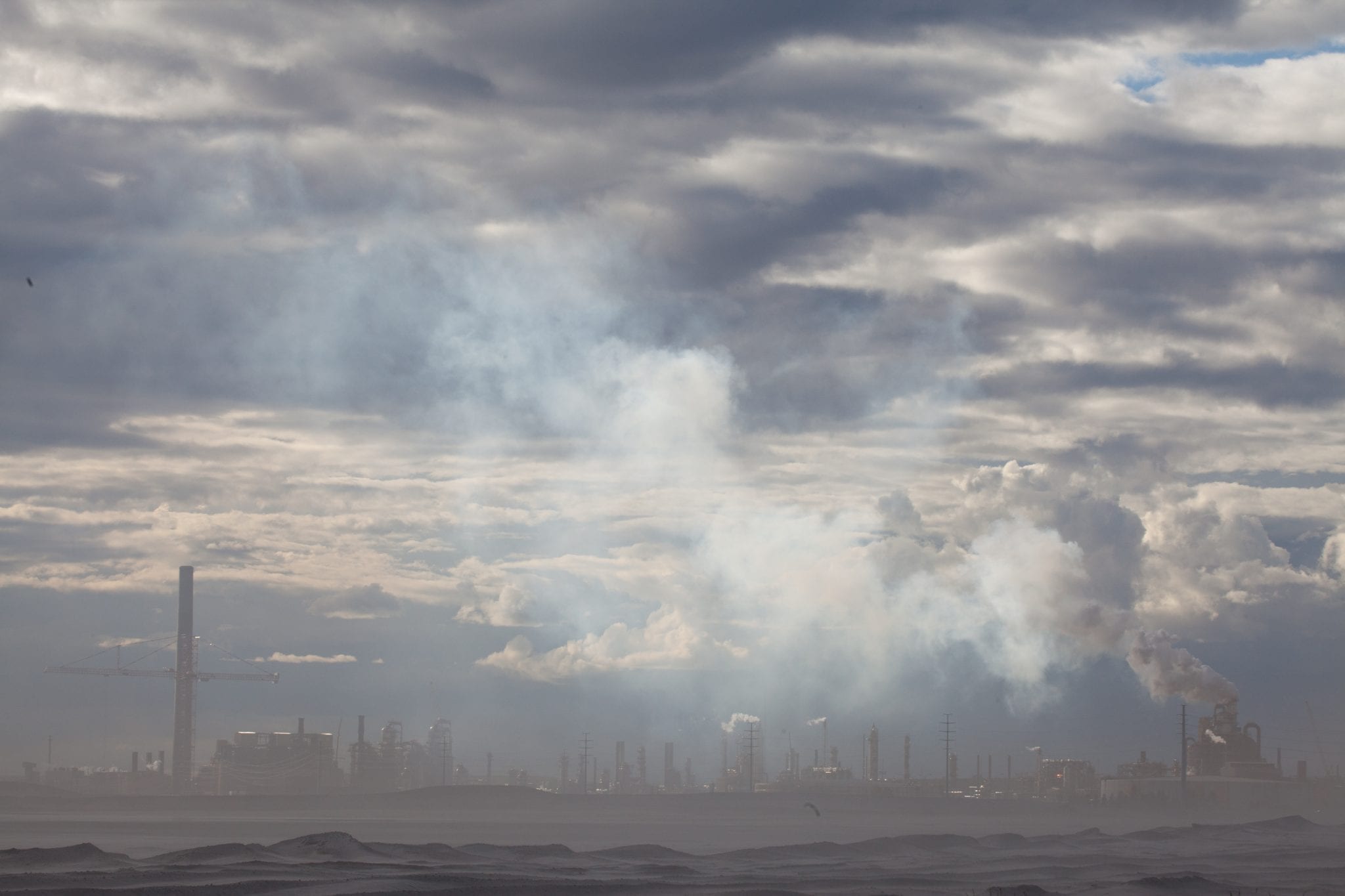
Gignoux also spoke to Roland Wood- ward of the Lubicon Cree, who lives on a reserve near Gregoire Lake Provincial Park, not far from Fort McMurray at the heart of the industrial development. A tract of land in his area was recently damaged by a “blow-out” at a SAGD operation (an extraction method), which resulted in a spill of crude covering an area of 1,000 acres. The company behind the operation moved the facility and reclaimed the land by planting jack pine, which has not fared well, in part Woodward believes, because aspen or spruce are more suited to the area; in fact, he concluded, “Nothing really grows there, but some grass…” Woodward also commented on air and water pollution in the region, saying: “The people in Fort McKay…” [on the western shore of the Athabasca River, 54km north of Fort McMurray] “…can smell is carbons in the air – gas – they call it: ‘the smell of money.’ They can’t eat the fish; they can’t eat the animals; they can’t eat the berries, because they don’t know what’s coming out of the sky.”
“People have gotten really sick. People have died… A four-month-old baby died of stomach injuries because of drinking the tap water: that’s how polluted our lake has become.”
Donna Ominayak, Woodland Cree First Nation
Pessimistic Opposition
The Lubicon Cree are opposing the issuing of oil extraction and processing licences through legal channels, based on their right to the land that is referred to as the Treaty 8 area. This area is governed by a treaty from 1899 in which the Cree granted the white Canadian developers access to the land to the depth of one hand, during the Yukon Gold Rush; extraction operations, particularly in situprocesses, grotesquely exceed the depth of one hand now. Although they have yet to be successful in blocking development, Woodward believes that the legal paper trail they are building up will increase their chances of success in the future. Woodward is pragmatic in his attitude to future development: “I guess we’re not going to stop all the development because we need the resources, but what we want to try and do is control some of it. We don’t need 15-20 Syncrudes up here over the next four or five years. We can space them out over twenty years.”
Local opposition to the tar sands is not confined to the First Nations. Gignoux spoke to potato farmer Wayne Groot, whose property lies near Edmonton, south of the tar sands industrial area. Groot is concerned about petrochemical company plans to build ‘upgraders’ on land near his farm – upgraders treat the heavy crude to become similar to oil, thereby preparing it for refining. He admits that he has been offered money to sell, but he is reluctant: “We farm some very unique soils here. We have irrigation infrastructure, there’s a wonderful microclimate around Edmonton and there are very rich soils… We can’t move anywhere else and have what we have here.”
Groot has little faith in the consultation process. In his view, “it’s a given they are going to get what they want.” He is resigned to the fact that the money generated by the industry will take precedence: “One little potato farmer who employs a few people and feeds a few people, it’s insignificant, really.”
Nevertheless, he does believe that advocacy is important and that it can achieve positive results. Pressure from environmentalists has resulted in technical innovations, which help to decrease environmental damage. Confirming that construction of four more upgraders in his area has been granted, he advocates slowing development until technology has improved and more has been done to assess the longterm environmental impact of the industry, warning: “Everyone thinks: ‘Let the good times roll,’ and they don’t realise it’s going to come to a stop.”
In 2010, Alberta exported 1.4 million bbl/d of crude oil to the united States, which amounts to 15% of u.S. crude imports or 7% of total u.S. demand.
Exponential Growth for Big Business
In 2010, Alberta exported 1.4 million bbl/d of crude oil to the United States, amounting to 15% of U.S. crude imports or 7% of its total demand. Despite pressure from environmentalists on the U.S. government to cease imports of tar sands crude, U.S. concerns over energy security combined with continued domestic demand for crude oil imports are likely to drive decision-making at the executive level. Although President Obama did not succumb to Republican pressure in January 2012 to approve the Keystone XL pipeline extension project, this is likely to be a temporary victory for the project’s opponents as TransCanada, the company planning to build the pipeline, will be permitted to re-apply for permission to proceed. The Keystone extension project would see the construction of a nearly 1,700 miles (2,740 km) of pipeline from Alberta across the North American heartland to refineries on the coast of Texas.
On the supply side, the major international oil companies are experiencing increasing difficulties in accessing alternative reserves. In 1979, they controlled around 70% of global oil reserves, a figure that has dropped below 10%. Access to new sources is very restricted with only 21% of oil reserves available for private sector investment. In this context, the Canadian tar sands, which have proven oil reserves of 170.8 billion barrels, represent a tempting opportunity to make up for shortfalls of other reserves. Canada is also “one of the few remaining places in the world where private companies can own oil and develop oil resources.”
There is also little incentive for the governments of Alberta and Canada to curb expansion. In the fiscal year 2010/11, the Alberta government collected more than $3.7 billion in royalties from tar sands projects. According to the Canadian Association of Petroleum Producers (CAPP), new tar sands development is expected to contribute over $2.1 trillion dollars to the Canadian economy over the next 25 years – about $84 billion per year. Employment in Canada as a result of new tar sands investments is expected to grow from 75,000 jobs in 2010 to 905,000 jobs in 2035. Is the writing on the wall for the boreal forests of Alberta?
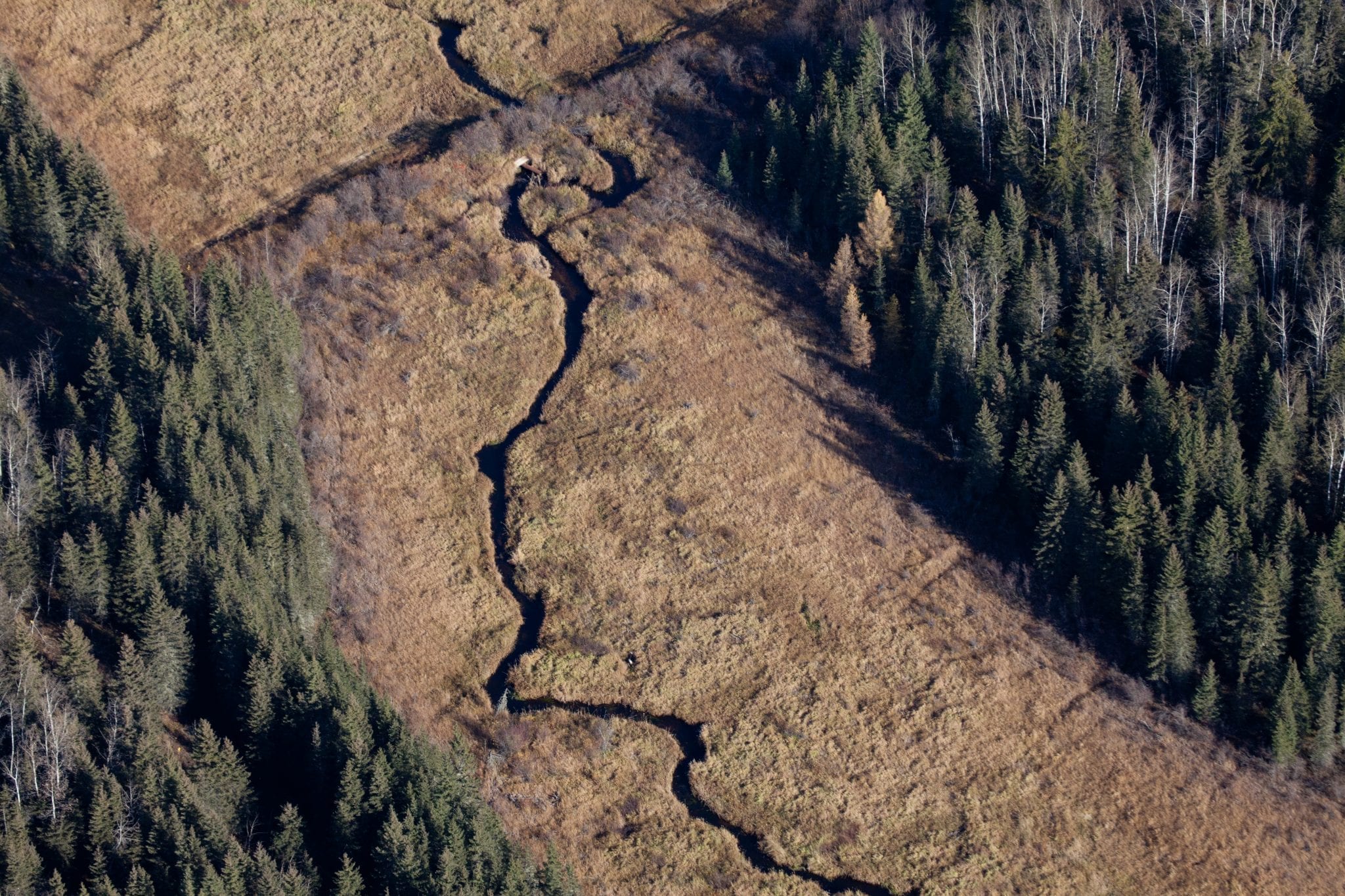
Rubin affirms that “whether Alberta would ever sanction the massive desecration of its northern forests implied by the [International Energy Agency] IEA’s future production targets is certainly open for debate.” The Canadian and Albertan governments and the CAPP have understood that they have a significant public relations challenge to address, both at home and internationally. A 2010 CAPP survey of 2,600 people living in Montreal, Ottawa, Vancouver and Toronto clearly indicates that Canadians want to see environmental improvements from the tar sands industry with 74% agreeing that “the best goal is to develop the oil sands with an effort to limit environmental impacts.” This is the professed strategy of the CAPP, which publishes a list of “Guiding Principles” regarding tar sands development, with the preface: “Canada’s oil sands industry will provide a secure source of energy, reduce its impact on the environment and provide economic benefits to society, while developing this globally significant resource.” While the guidelines are laudable, they are worth little without compliance and they are, moreover, unachievable without improvements in current technology.
